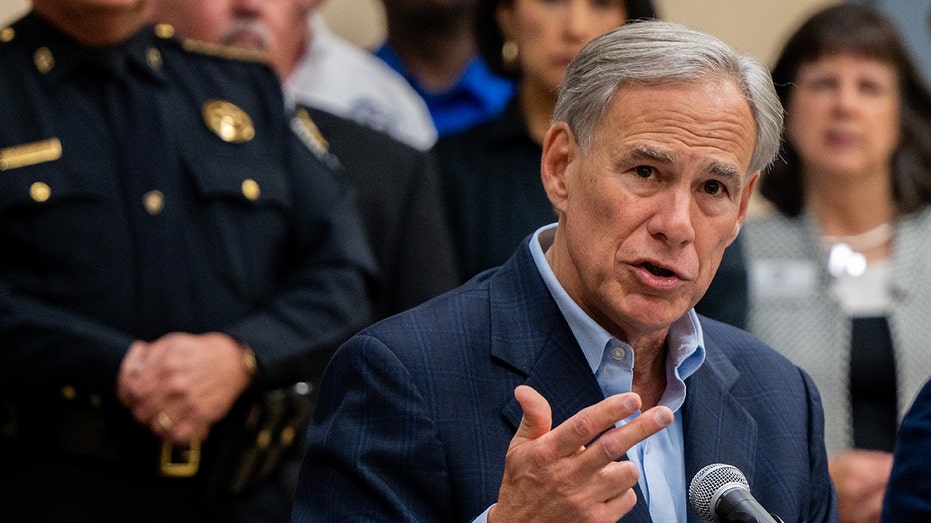The Texas state government is pushing legislation to boost electricity supplies during peak demand summer periods, but which grid experts are warning would be counterproductive and trigger more unreliability.
The state’s Senate passed a package of bills last month designed to address growing concerns that the state’s power sector doesn’t have an adequate amount of dispatchable fossil fuel energy generation that would provide electricity during emergency peak periods. GOP Lt. Gov. Dan Patrick, who presides over the Senate, said the package “levels the playing field” between intermittent renewables and dispatchable generation.
However, experts said one of the bills, SB 2012, includes so-called guardrails that could ultimately sink efforts to incentive energy companies to develop new dispatchable power facilities. The bill caps the state Public Utility Commission’s (PUC) proposed performance credit mechanism (PCM) — a novel system that would reward generators that provide reliable energy during high-demand times — at $500 million annually.
“Senate Bill 2012 is designed to end PCM,” Brad Jones, the former president and CEO of the Electric Reliability Council of Texas (ERCOT), told Fox News Digital in an interview. “It’s called a guardrail bill, but it’s nothing similar to a guardrail. That’s just because it sounds good to say ‘guardrail.’ It’s actually designed to kneecap the PCM proposal.”
CALIFORNIA’S GRID FACES COLLAPSE AS LEADERS PUSH RENEWABLES, ELECTRIC VEHICLES, EXPERTS SAY
Jones argued that, while estimates place the average cost of the PCM program at about $460 million per year, there would be years when costs far exceed $500 million depending on weather conditions, meaning it would be hard to consistently keep costs below the cap every year. Overall, the Texas has a roughly $40 billion power market with annual load growth of about 2%.
“Texas will face reliability concerns in the very near future, probably about 3 to 4 years away — the alarm has already been sounded that we’ve already crossed that threshold,” he continued. “I think there’s a line in the sand. We stepped across it. If we continue to proceed in that way, we will face real reliability concerns in the future. That’s what they’re trying to avoid.”
BIDEN ADMIN PREPARING MAJOR CRACKDOWN ON POWER PLANTS THAT FUEL NATION’S GRID
A trade group coalition of Texas Competitive Power Advocates — which represents power generators, wholesale power marketers and retail providers — and the Alliance for Retail Markets stated in a policy brief in March that SB 2012 provisions are “anti-market in nature and would undercut the PCM.”
The debate over SB 2012 comes months after the PUC voted unanimously in January to adopt a PCM system without a cap, arguing it would strengthen reliability, accountability and affordability of the Texas grid. But the commission said it would hold off on implementing the credit until the state’s legislature provided guidance.
Following the announcement, various power companies announced they were prepared to build thousands of megawatts worth of dispatchable generation contingent upon the PCM being implemented. Chris Moser, the head of competitive markets and policy at billion-dollar electric generation company NRG, “having a functional PCM is a critical step” to the company’s development plans.
“It’s going to be very hard to design the piece to meet that cost cap,” Brent Bennett, policy director at the Texas Public Policy Foundation’s (TPPF) Life:Powered initiative, said in an interview. “The generators were very much against that and still are. So far, the legislature has held solid on that. We at TPPF don’t think it’s a good idea.”
“Trying to design a program that never spends more than $500 million is almost impossible,” he added. “That’s that’s a very low number relative to the market.”
Bennett, who is in favor of a price cap to constrain an otherwise unconstrained mechanism, said it would either need to be raised, averaged out over five years or indexed to natural gas prices.
BIDEN UNVEILS TOUGHEST-EVER CAR EMISSIONS RULES IN BID TO FORCE ELECTRIC VEHICLE PURCHASES
And state Sen. Kelly Hancock, a Republican who formerly chaired the Texas Senate Business and Commerce Committee, expressed concern that the cap, as is, would harm consumers most. He also compared the state’s grid to that of California which regularly faces power outages during summer months.
“My concern is an average means an average and that means it could be twice that or it could be zero,” Hancock told Fox News Digital in an interview. “By placing that cap in there, my concern that I expressed on the floor was: in order to keep the lights on, the PCM needs to be $750 million.”
“With the legislative cap, they’re not allowed to go and do that, which means they have to shed low which means they have to tell people they can’t have electricity. That is my concern with the cap, that the ones that will be hurt are those consumers that are needing electricity,” the state senator added.
Hancock said the proposal, and others, are “California-tilted.”
Meanwhile, the PUC and ERCOT, which oversees the power grid in Texas, issued an annual report last week outlining risks ahead of the summer. The report included a dire warning that the state, for the first time in its history, didn’t have enough dispatchable power generation to meet demand during times of peak consumption.
“The Texas grid faces a new reality,” PUC Chairman Peter Lake told reporters after releasing the report. “Data shows for the first time that the peak demand for electricity in the summer will exceed the amount we can generate from on-demand dispatchable power. So, we will be relying on renewables to keep the lights on.”
“On the hottest days of summer, there is no longer enough on-demand dispatchable power generation to meet demand in the ERCOT system,” he said. “From 2008 to 2020, Texas on-demand dispatchable power supply grew only 1.5%. In that same timeframe, our population grew 24%. The increase in demand for electricity is outpacing the supply of on-demand dispatchable power.”
He noted that, on the hottest summer nights, when solar power generation declines, the state’s grid will largely depend on wind conditions to cover the gap.
“We are expecting to have to rely more on renewables during peak conditions than we ever have before,” added Pablo Vegas, the current president and CEO of ERCOT. “As a result of this dynamic, this summer could have tighter hours than last summer with a higher risk of emergency operations.”
“The urgency to move forward with meaningful electric market reforms that will incentivize the development of dispatchable generation remains extremely high.”
Republican Gov. Greg Abbott’s office didn’t respond to a request for comment.
























